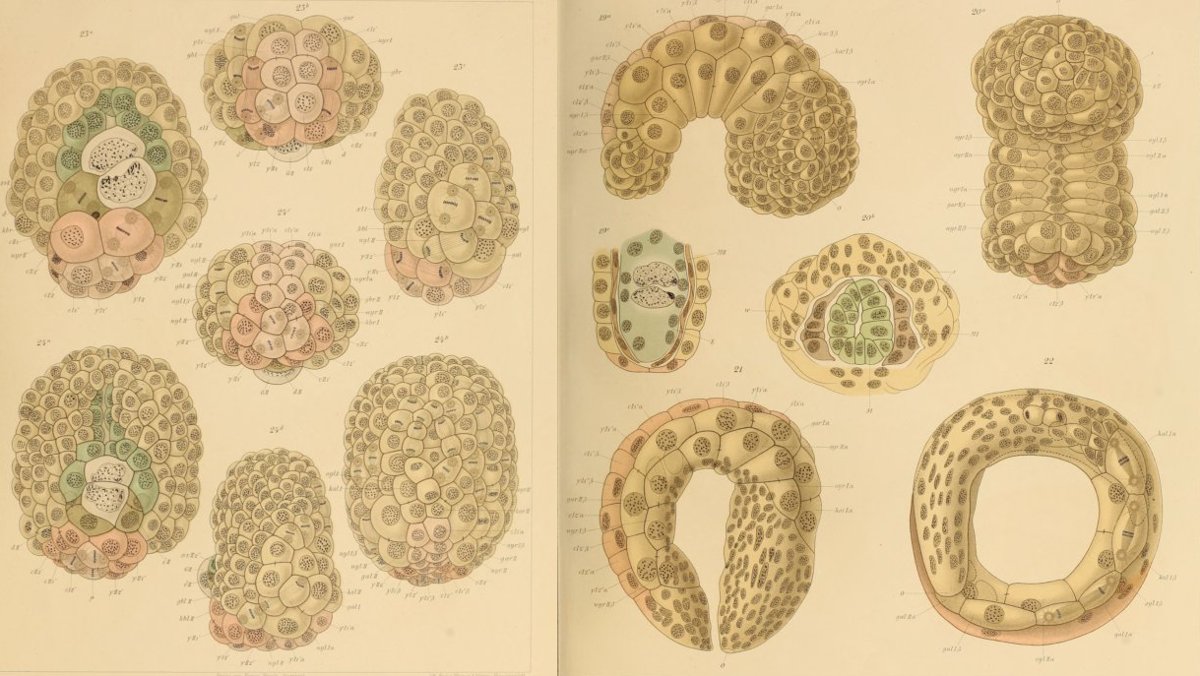Developmental Patterning of Cell Division
Our life begins with a single cell, a fertilized egg, that divides to generate 37.2 trillion cells comprising our body. During the process of cell proliferation, the orientation and timing of key cell division events need to be precisely controlled to ensure proper tissue and organ formation. Our goal is to uncover the molecular basis underlying this developmental patterning of cell division.
In the developing animal, individual cells receive diverse sets of physical and chemical information/cues. However, the causal relationship between these cues and cell division dynamics has been studied in only a limited number of systems, leaving many multicellular contexts unexplored. To address this, we will dissect cell division regulation in previously unexplored multicellular contexts by employing a combination of genetics, live-imaging, molecular biology, and tissue engineering.

Embryogenesis of nematode Ascaris megalocephala (aka Parascaris equorum) Müller H., 1903
Cell division axes are oriented in diverse angles and timing are different between head and tail to shape embryo.
Our Model System
We primarily use Caenorhabditis elegans as a model system to analyze cell division control. This organism exhibits invariant cell division orientation and timing among individuals, allowing us to perform single-cell level quantitative analysis of cell division dynamics. Since core cell division machinery is well-conserved among animals, our research aims to uncover fundamental mechanisms that govern animal cell division patterning.



